Welcome to the last 2024 edition of the Rewilder Weekly. What began as just an idea on the 16th of April this year, has blossomed into weekly dose of inspiring rewilding news that reaches so many more than I could have hoped for. Right at this moment there are already four thousand one hundred and forty subscribers! Thank you! 🙏🌳🐺🌞🌍 Bring on 2025 with the rewilding movement scaling like never before! Now then, on to this week's eight selected stories. Cheers! D
👉 As a reminder: If you come across stories you'd like to see featured in an upcoming edition of the Rewilder Weekly, send them to me and I'll gladly do what I can.
1) Slow down - you're destroying nature
Road ecology studies the effects on nature by humanity's road systems. The first thing that'll come to mind for most of us will of course be roadkill. We've all seen critters large and small dead on or by the side of the road. Surprisingly, though, roadkill - as horrible as it is, is the least of nature's problems with our driven/driving species. Far more of nature along those many roads is destroyed by fragmentation, poison and noise.
Rewilders know the 3Cs (Cores, Carnivores and Corridors - and yes, we should definitely add Chewers as a 4th, Alister Scott 👍) - all of these Cs are impacted by the 65 million kilometers' worth of roads that crisscross and fragment our planet. As Paul Donald writes in his book 'Traffication', it turns out that, aside from actually removing roads, our species will make the biggest difference for nature by simply slowing down. Find out more in my most recent article.
2) GRA celebrates global rewilding efforts in 2024
It's easy to lose hope as we continue to find ourselves inundated by so much of what humanity inflicts on itself and on every aspect of the natural world. But as there's no point of life without hope - find your ways to charge up on hope! For me, there are loved ones and nature and people who are passionately engaged in restoring nature. Rewilding is a key source of hope as you know. This week, do yourself a favor and read up on the Global Rewilding Alliance's look back at the past year with 'The Wild Side of 2024'.
It represents a massive jolt of hope, with examples of every kind and from across the globe - the journey toward rewilding on a global scale can be glimpsed. These many projects will, in the years to come, connect more and more of the natural world. Isolated rewilding successes will become connected rewilding corridors. There's every reason to be hopeful.
3) Sven Björck, the bison man
In a new series of posts, Frans Schepers shares some of the insights and stories and learnings behind the rewilding scenes. In this case, he shares the story of bison breeding in Sweden. Years ago he was as surprised as I am now, reading about it. In Avesta in central Sweden there's the Avesta Visent Park - and there you'll find veterenarian Sven Björck, who has been leading a captive breeding program since 1965!
The European bison was close to extinction early in the last century (at one point only 48 were left!). I've once written about this from the point of view of a European bison - here are those thoughts. Luckily - and with the support of Hermann Göring (yeah, that Göring) - recovery efforts were undertaken and led to growing bison numbers again. Breeding programs were and remain essential to ensure genetic diversity. Frans recently managed to visit Avesta with Sophie Monsarrat and Henrik Persson and writes, "... it was fantastic to see how proud Sven and his team were to be part of the bison reintroduction in Romania - which has become a big success story, with a free-roaming herd of now over 200 animals and growing - including quite a few animals from Sweden. A truly European cooperation."
👉 Go here for post and pictures
4) Sweden's illegal wolf hunt
Sweden's Big Five reports that the wolf hunt in Sweden continues - or starts up again with the start of the new year. They write that, "Five entire wolf families, in total 30 wolves, are now set to be killed. A licensed quota hunt of a “Strictly protected species”. This hunt is not allowed according to EU law, and Sweden’s yearly wolf hunt has been illegal ever since it first began, in 2010. No action has yet been taken by the EU Commission against Sweden for this hunt, despite a formal complaint filed about it, already the year the quota hunt first started."
Scientific findings are clear on the value of carnivores such as bears, wolves, lynx and the wolverine. Sweden's government (as unfortunately many other governments) has bowed and continues to bow to fearmongering lobbies. Hunters rejoiced when - against existing laws - licenses were handed out to dramatically reduce carnivores in Sweden.
👉 Go here for Sweden's Big Five latest news
5) Rewilding 20'000 tortoises in Madagascar
What a story, what scope: Mongabay reports that "Conservationists and villagers in southern Madagascar aim to release 20,000 critically endangered radiated tortoises rescued from the illegal wildlife trade back into their unique spiny forest home. Radiated tortoise numbers have been decimated due to rampant poaching to supply domestic meat markets and the international pet trade; without action, studies predict the species could go extinct within the next 20 years."
So far, 4000 tortoises have been released - but when you read the article, it does feel like a race against time, against poachers, against nature degradation. The article explains that this type of tortoise lives in so-called spiny forest ecosystems. These forests have been disappearing fast with industrialized agriculture claiming ever more land. These forests are home to many plant species that exist nowhere else on Earth. Releasing more and more of the radiated tortoises will allow these critters to do their job at scale once more, to feast on fruit and disperse seeds to help spiny forests to regenerate. Also good to see that this gargantuan task benefits local people as providers of produce for the thousands of tortoises to be cared for before release.
6) While we're here, what do we do?
We come and we go, our lives are brief - what do we do with the time in between the coming and the going? Rhett Ayers Butler has put together a long list of people who have cared for nature - and passed away in 2024. There will be many names unknown to you, and there will be some you'll immediately recognize. There will be those who were able to live long lives - and others who were taken long before their time. Some died peacefully in their sleep, others were gunned down. If you can take the time, please spend a bit of it with the stories of these women and men who made the nature recovery key to the meaning of their lives - it will give you pause, it will make you think, it will inspire, for sure.
As Rhett writes, "Their lives were devoted to safeguarding the planet’s biodiversity, protecting vulnerable communities, and advocating for justice in the face of profound challenges. While each had a unique story, they shared a commitment to the environment, often working on the frontlines of conservation or battling entrenched systems of exploitation."
7) Restoring seagrass meadows
Rewilding Britain reports on the end of the Life Recreation ReMEDIES project, a five-year effort that has led to eight hectares' worth of restored seagrass meadows. Reversing decades of decline, these meadows can once more absorb carbon (something they're even better at than forests). While the project ends - long-term monitoring and safeguarding will continue.
You can find out more about the project here - especially also about the end-of-project conference that featured keynote speaker Tony Juniper CBE - and don't miss the 12min project video that gives you an excellent overview.
8) Moved
The image moved me. It's a swift fox mother and cub. The photo's part of the Global Rewilding Alliance's inspiring glimpse back at the 2024 rewilding year (see above). We have no more right nor reason to be here here, alive on this Earth right now, than does that fox mother and her cub. No more than the wolf, no more than the quoll, the pangolin, the rhino - no more than your common ant. We are as much here as they are here ... and yet our species continues to excel in matters of cruelty inflicted on animals. We have developed near-endless ways of cruelty. How could one want to kill this mother and her cub? I often marvel at the way our human brains manage to compartmentalize when it comes to the killing of other species.
My hope for 2025 is that we may start seeing animals as creatures of equal worth. That we learn to shrink in horror from the very idea of killing animals. While our species won't go vegetarian anytime soon (even if dramatically downsizing meat and dairy industries should happen today to successfully tackle the global climate and biodiversity loss crises), we should all want to end - today - the cruelty of shooting estates, of fox hunts, of snares, of the fur trade, of whale and dolphin slaughter, of the pangolin trade, of civet plantations, etc. May we see and feel what our actions cause - and may that makes us reflect, change, want to do better, want to be better. May we see that fox and cub as a mother and a child.
We end the newsletter as always with an artwork by Chilean science illustrator and painter Mauricio Alvarez (mauricio_alvarez_art on Instagram): This time a wonderful rendering of the iconic condor (vultur gryphus), at home in the Andes mountain range and the adjacent coasts of the Pacific Ocean in western South America. The illustration was made for Fondecyt Regular Research 1230020, from the Centro de Investigación en Ecosistemas de la Patagonia (Ciep) y Universidad Austral de Chile (Uach).
If you enjoy the Rewilder Weekly …
… please consider supporting my work. Your paid subscription will help generate the funds needed to realize a unique rewilding book I’m working on. And, of course, that paid subscription also ensures that the Rewilder Weekly will always keep going for those who cannot afford to pay. A thousand thanks!
That’s it for this week’s edition! For more rewilding insights and stories from around the globe, use the #rewilding hashtag and follow people, organizations and groups that are as passionate about rewilding as you are. Let’s keep connecting and growing the movement!







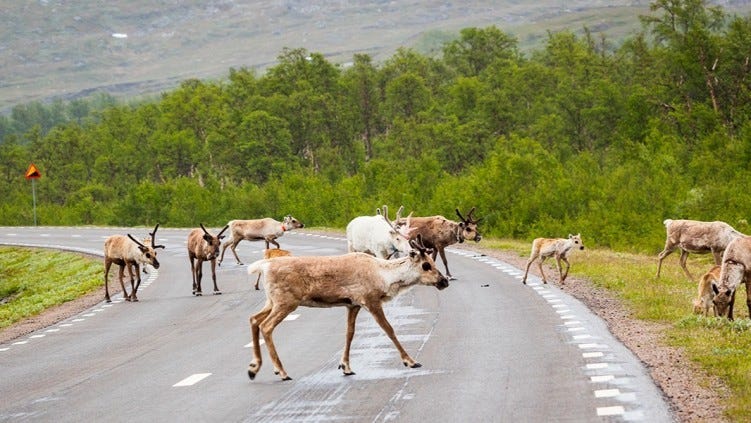

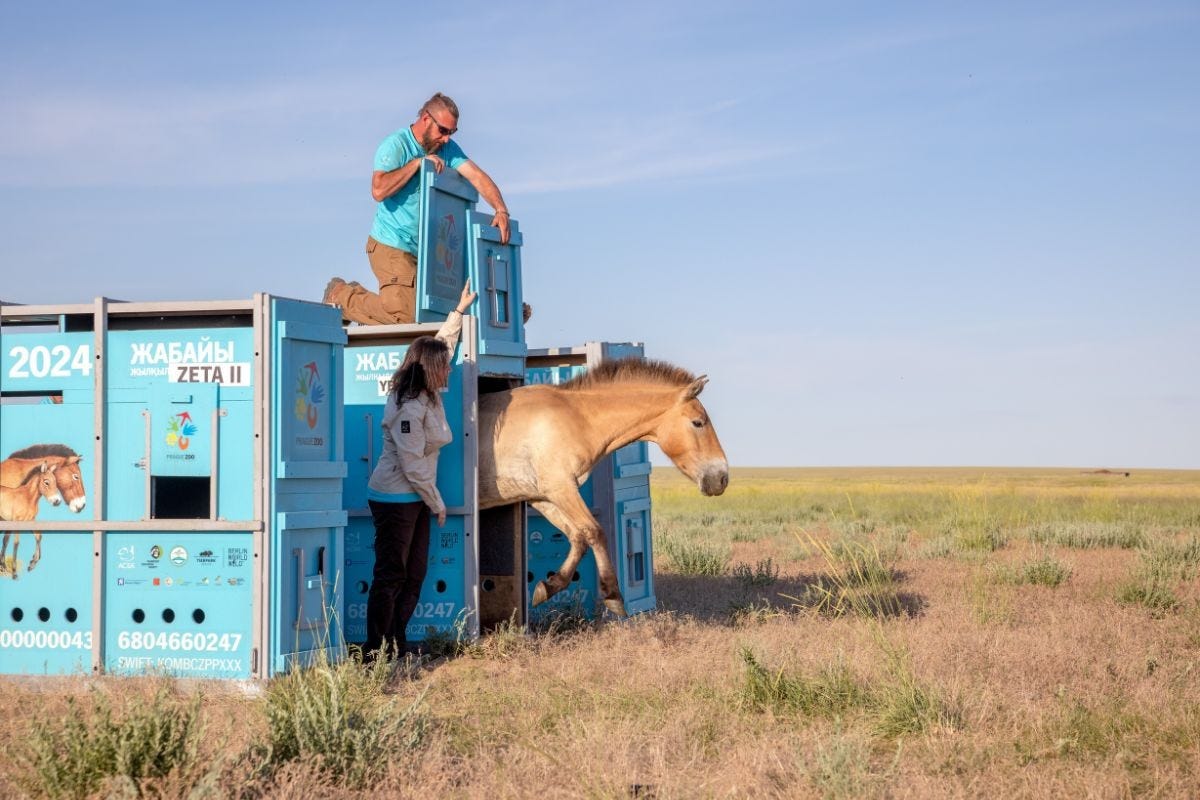

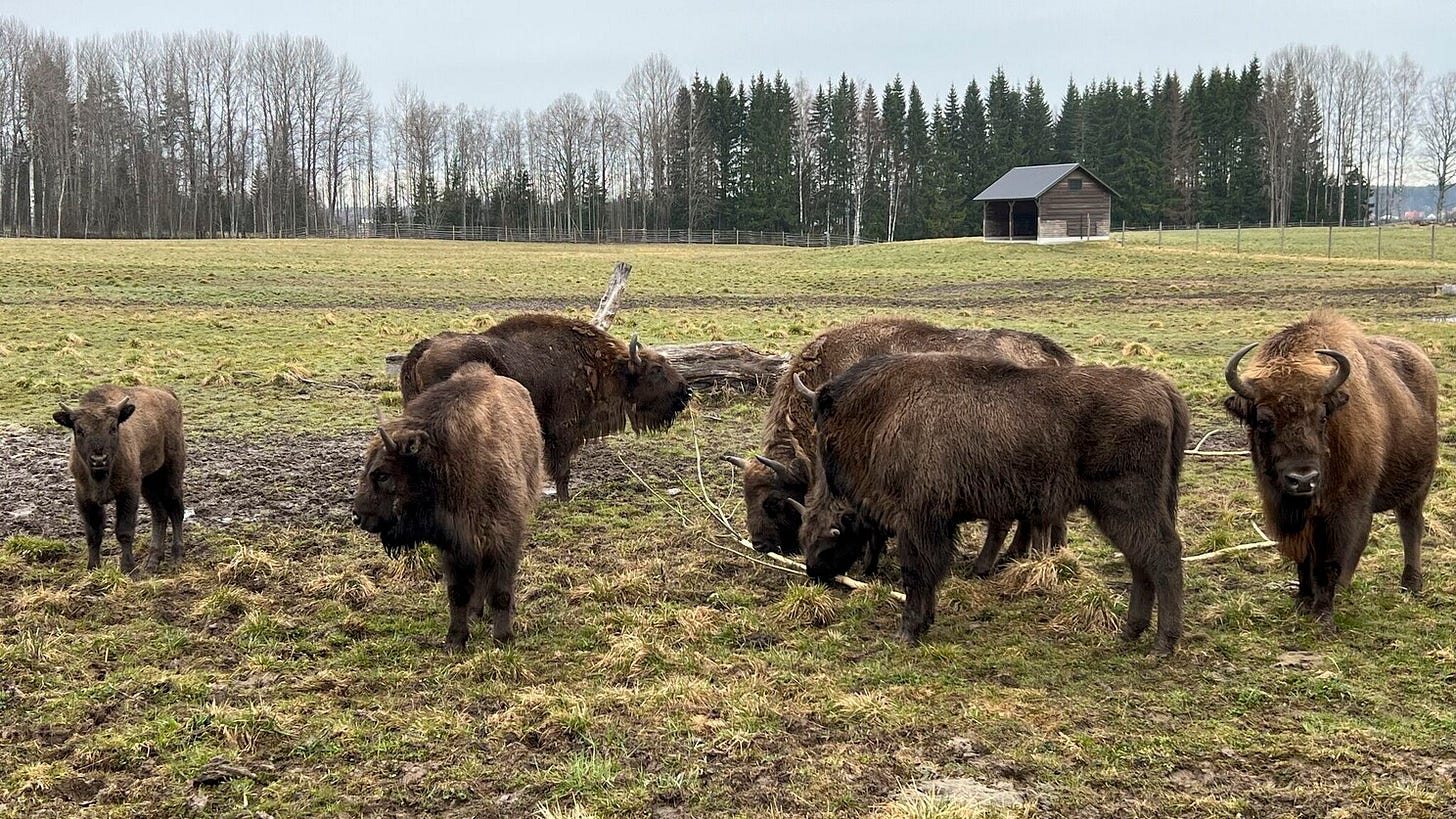

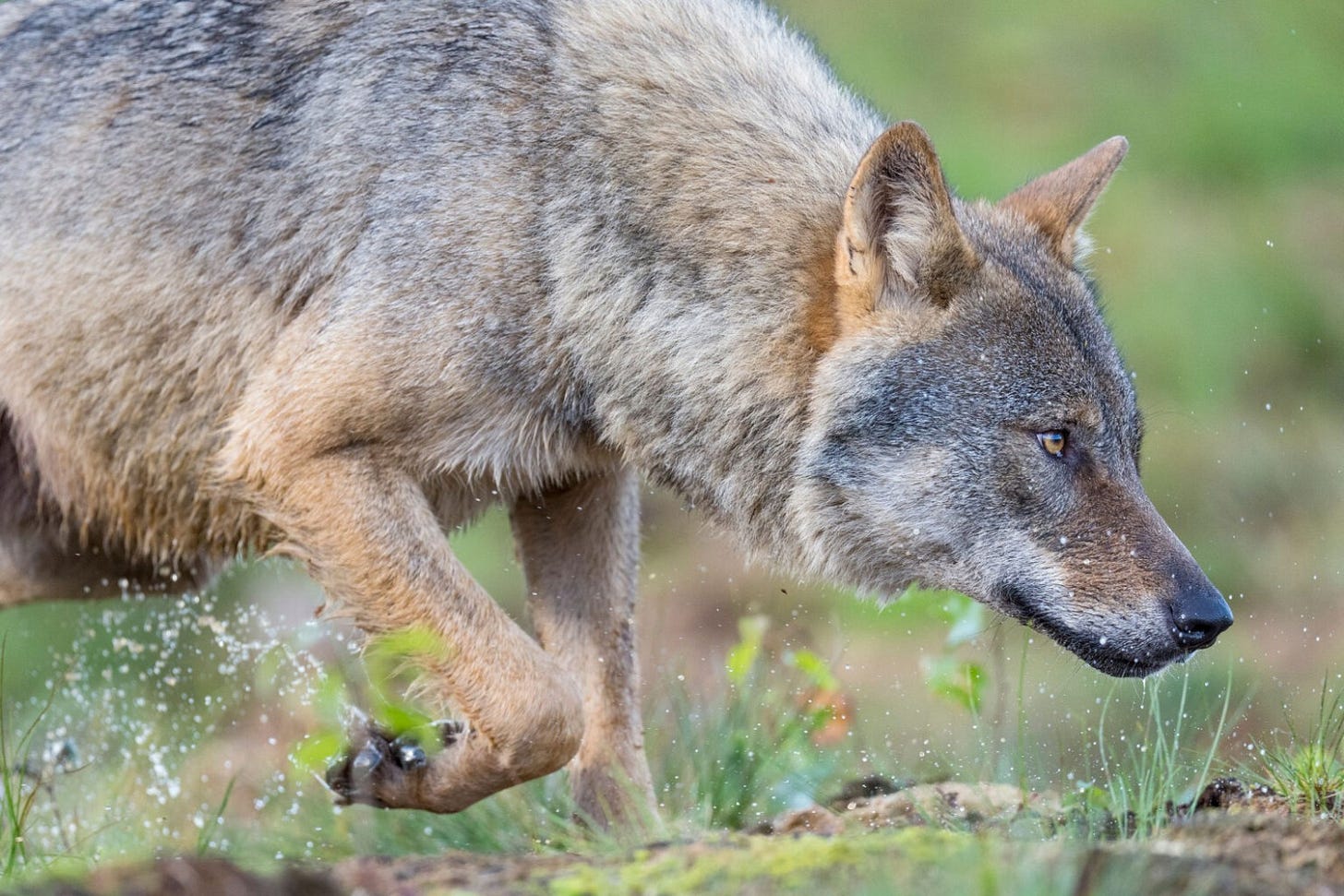

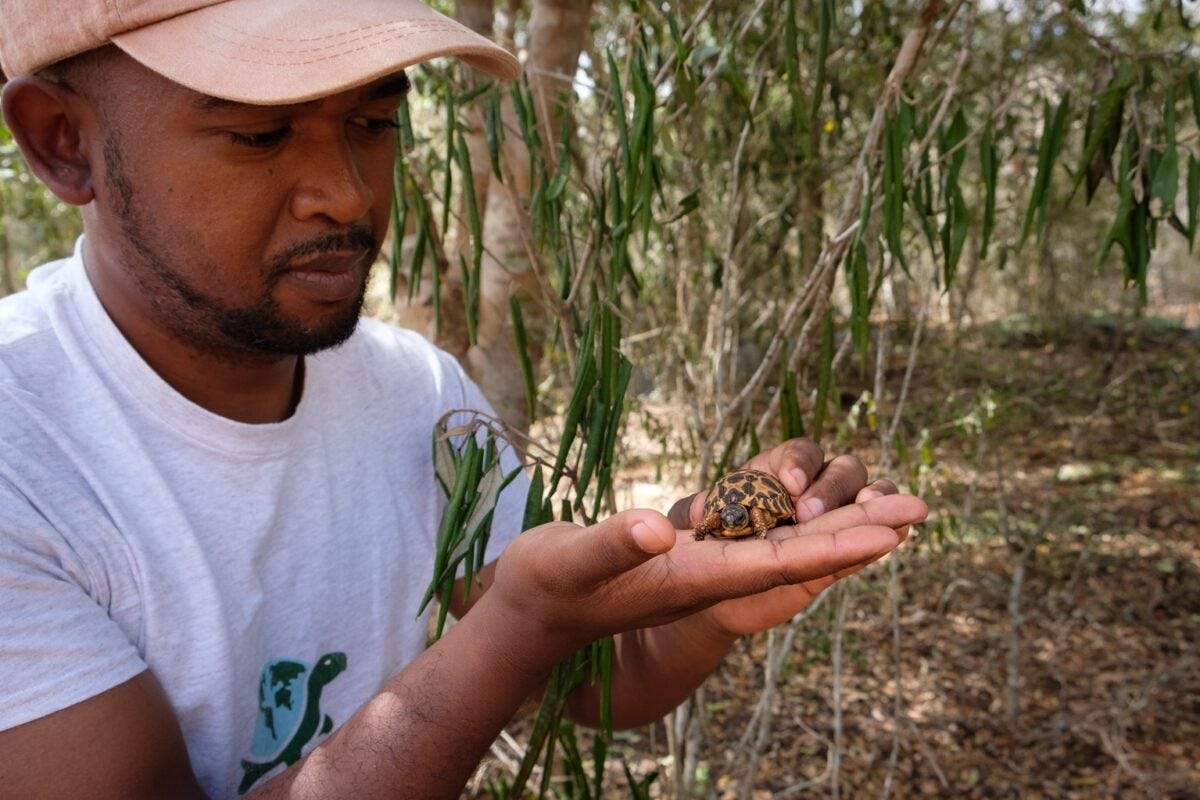

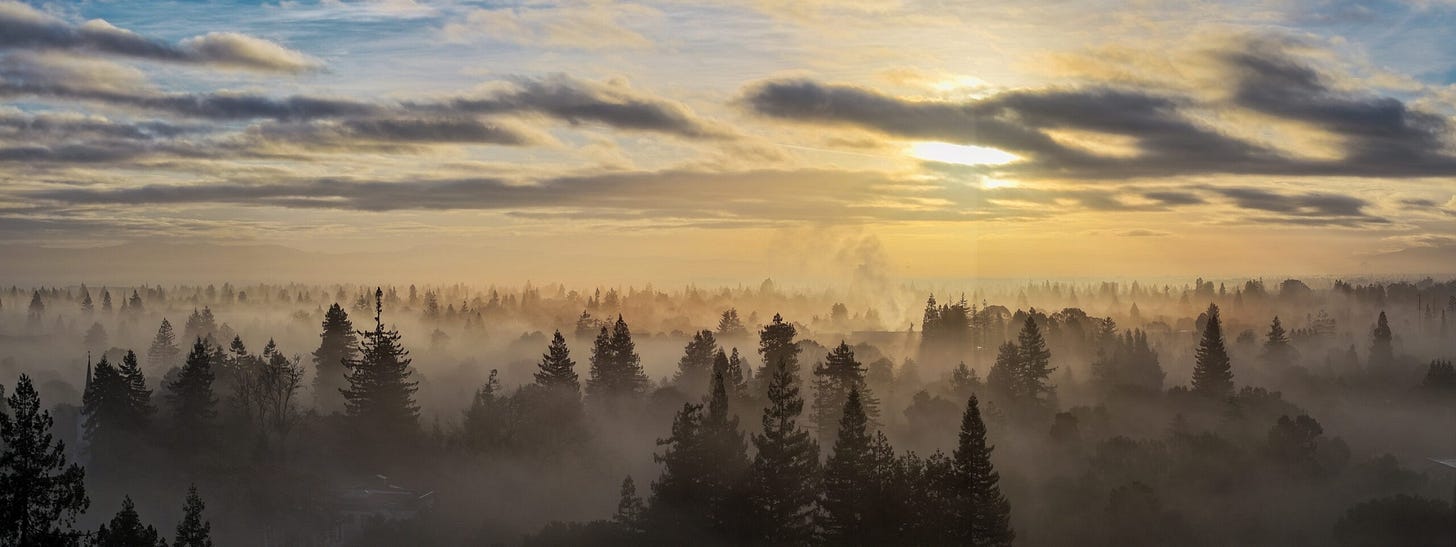

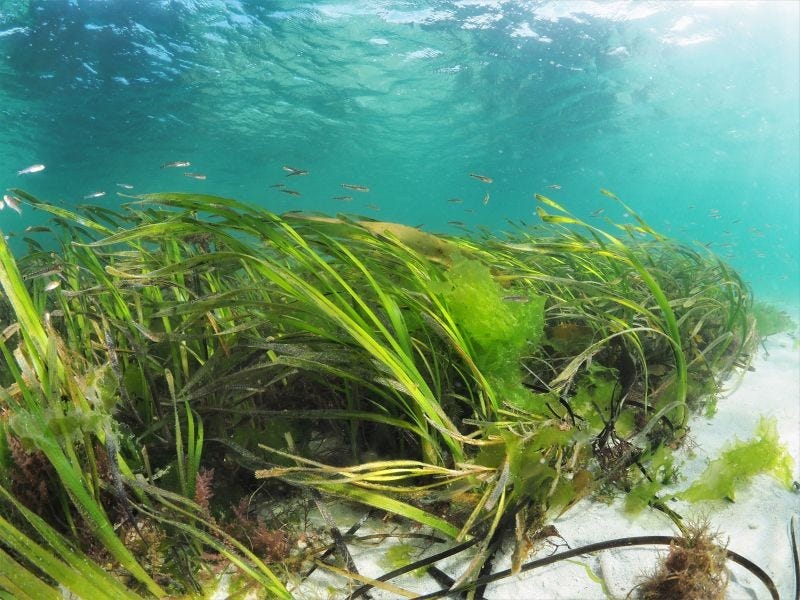

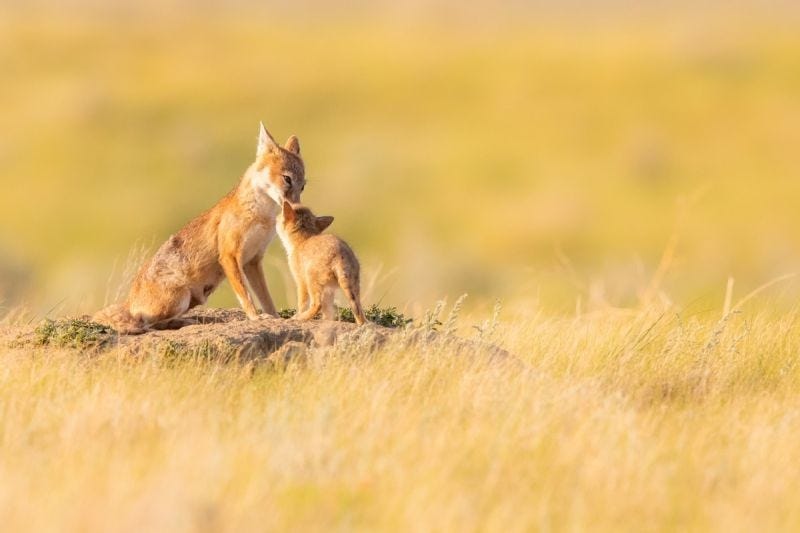



Thank you for this, Daniel. And welcome to Substack! 😊